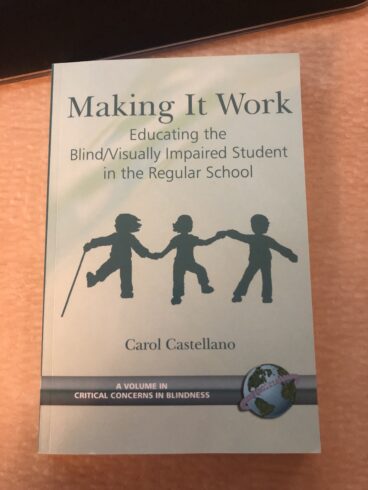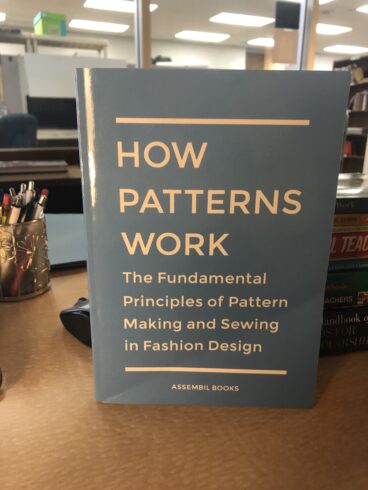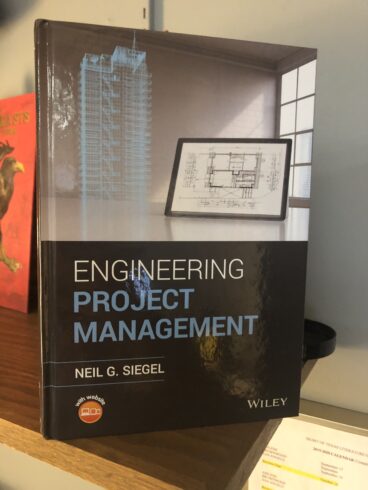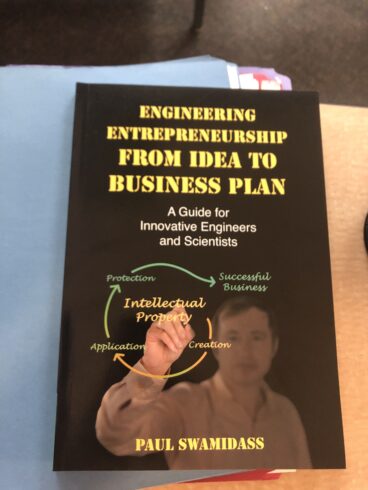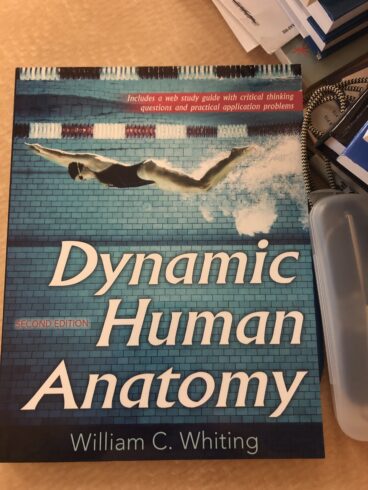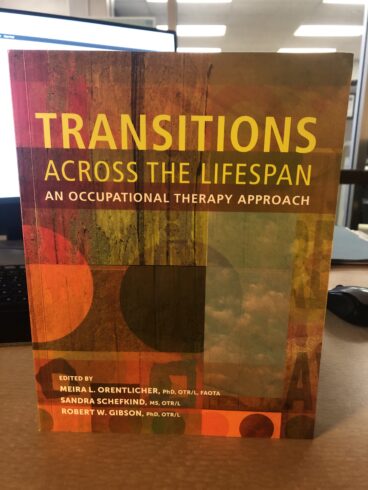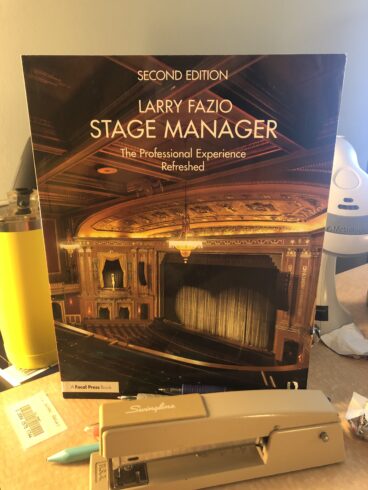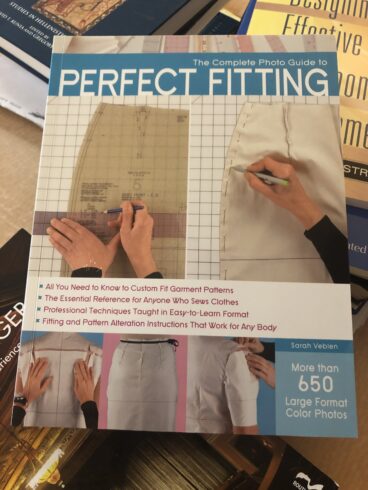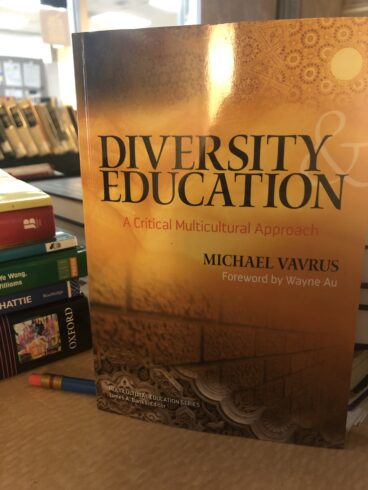
Michael Vavrus helps readers better understand why issues of diversity and difference are so highly contested in the United States and across the globe. Vavrus incorporates specific education examples throughout the text to examine six contested areas: race and ethnicity; socioeconomic class and culture; multicultural and ethnic studies; language; religion; and sexuality and gender. In each of these areas, the author explores how contrasting worldviews found in social conservatism, liberal multiculturalism, and critical multiculturalism influence our understandings about difference and diversity and the educational policies we develop as a result. Diversity and Education is designed to help educators move beyond the “how can they believe that?” knee-jerk reaction toward a more informed, strategic understanding of belief systems and political affiliations.

